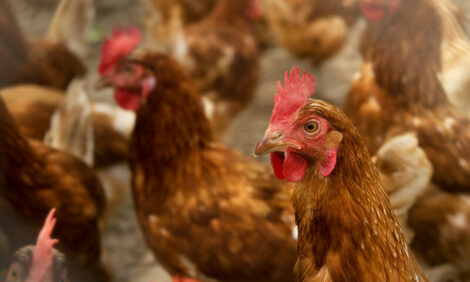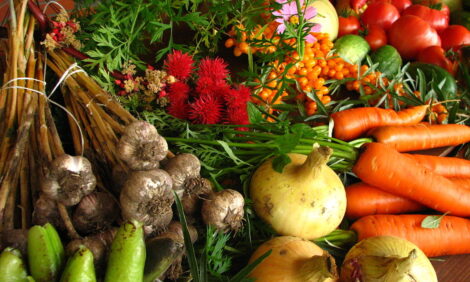



Corn Acreage Big News in USDA Planting Report
US - There are still many sharp turns and bumps in the road between now and fall harvest, but a crop report issued last week by the Agriculture Department indicates that farmers in the United States are preparing to plant 95.9 million acres of corn, one of the largest crops in history, according to the American Farm Bureau Federation. That number was much higher than grain industry analysts had expected.“The prospective planting number of 95.9 million acres for corn really blew pre-report expectations out of the roof,” said AFBF economist John Anderson.
As unexpectedly high as the corn number was, Dr Anderson said the soybean planting estimate was far lower than analysts had expected, coming in at 73.9 million acres.
According to Dr Anderson, if realized, this year’s corn planting would be the largest acreage since 97.2 million acres were planted in 1937. To put that into perspective, the harvested corn grain yield in 1937 was 28.9 bushels per acre, ultimately leading to approximately 2.5 billion bushels of corn that year. This year’s planting and a trend yield of 164 bushels per acre could result in a final U.S. corn yield of around 14.4 billion bushels.
Dr Anderson said that the most recent modern era production year that comes close to this year’s corn planting outlook was 2007, when 93.5 million acres were planted. At 95.9 million acres expected this year, corn plantings would be up 4 per cent from last year. Expected soybean plantings, at 73.9 million acres, are projected to be down 1 per cent from last year.
“As for the corn market, this planting expectation number could become a negative factor for corn market prices,” Dr Anderson said. “This is a lot bigger number than the market had expected for corn. But we still must remember it is very early, this is a prospective number only and there is a long way to go to see how this crop ultimately turns out. For now, the market seems to be more focused on lower soybean acreage as well as pretty strong demand revealed in today’s report on grain stocks.”
“If these early planting projections are realized, it would translate into the largest feedgrain supply we have had in the last six or seven years. That should mean lower feed prices for livestock producers. And it would take some of the pressure off the ethanol sector, which is already close to hitting both its mandated level of production and the maximum gasoline blend rate.”
Overall, Dr Anderson said that with a normal growing and harvest season, this year’s corn crop would “be more than enough to meet all of our nation’s domestic needs for feed and fuel, as well as supplies for our export channels.” From this point forward, he said the markets would begin to focus on weather and how it impacts planting and growing conditions for all crops.
Dr Anderson said acreage of other feed grains is projected to be up from last year as well, with grain sorghum, barley and oat plantings forecast to be up by 9 per cent, 15 per cent and 30 per cent, respectively.
Wheat plantings are projected to be up 3 per cent from last year. Dr Anderson said that is still “well below market expectations of around 57.5 million acres.” He said that while winter wheat and durum plantings were up, this increase was partially offset by a decline in other spring wheat projected plantings as farmers in major spring wheat areas appear to be opting to plant feed grains instead.
Cotton plantings are projected to be 13.2 million acres. Anderson said that while this is an 11 per cent drop from last year, it is still on the high side of pre-report expectations.











